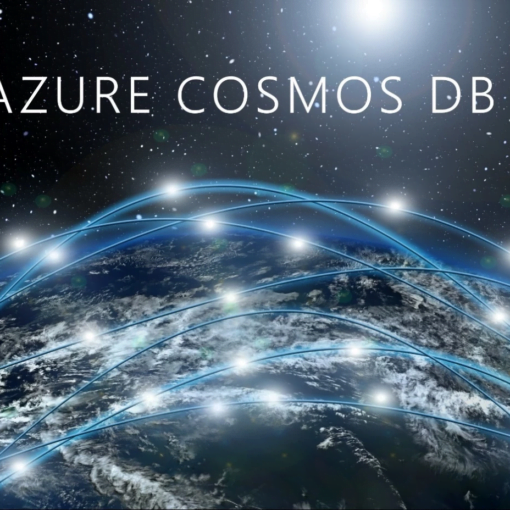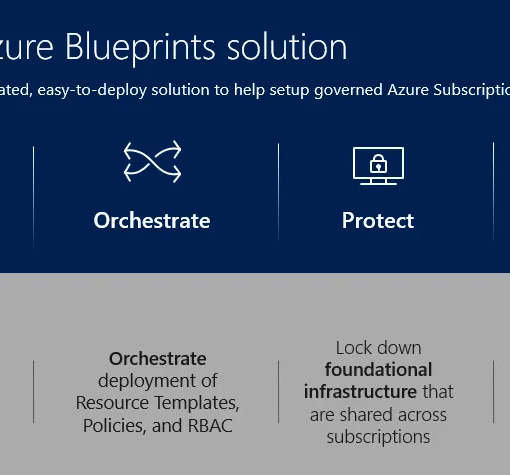
When it comes to securing your Azure resources, choosing the right networking option is critical. Azure offers two powerful tools to enhance the security and connectivity of your services: Azure Private Endpoint and Azure Service Endpoint. While both serve to secure your resources, they have distinct functionalities and use cases. This guide will delve into the differences, benefits, and ideal scenarios for using each.
Why Secure Networking Matters
Securing the network path to your Azure resources is crucial for:
- Preventing Unauthorized Access: Ensuring only approved entities can interact with your services.
- Enhancing Data Privacy: Keeping data transmissions within a secure network.
- Improving Compliance: Meeting regulatory requirements for data protection.
Now, let’s compare Azure Private Endpoint and Azure Service Endpoint.
Azure Private Endpoint
Azure Private Endpoint allows you to connect to Azure services using a private IP address within your virtual network. This means that traffic between your virtual network and the Azure service stays on the Microsoft backbone network, never exposing your data to the public internet. Key Features:
- Private IP Addressing: Connects to Azure resources using a private IP from your virtual network.
- Enhanced Security: Eliminates exposure to the public internet.
- VNet Integration: Directly integrates with your virtual network, providing seamless connectivity.
- DNS Integration: Supports custom DNS configurations, ensuring private endpoint resolution.
As a use case, a healthcare organisation handling sensitive patient data can use Azure Private Endpoint to securely connect to Azure SQL Database. This setup ensures that all data transmissions remain within a private network, complying with strict health data regulations like HIPAA.
Azure Service Endpoint
Azure Service Endpoint extends your virtual network’s private address space and identity to the Azure service, allowing secure access over the Azure backbone network. Service Endpoints do not use private IP addresses but provide a way to control access through network security groups (NSGs). Key Features:
- Network Security Group (NSG) Integration: Uses NSGs to control access to resources.
- Simplified Connectivity: Provides an easy way to secure access to Azure services without additional private IPs.
- Improved Performance: Maintains high throughput by using the Azure backbone network.

For example, a large enterprise with multiple departments can use Azure Service Endpoints to secure access to an Azure Storage account. By configuring NSGs, the enterprise can ensure that only specific subnets within the virtual network can access the storage account, enhancing security without the need for private IP management.
Comparing Azure Private Endpoint and Azure Service Endpoint
Here’s a detailed comparison to help you decide which option suits your needs:
| Feature | Azure Private Endpoint | Azure Service Endpoint |
|---|---|---|
| Connection Type | Private IP within your virtual network | Public IP with secure access via Azure backbone |
| Security | Highest security by keeping traffic off the public internet | Secures access via NSGs |
| Network Integration | Direct integration with virtual network | Extends VNet identity to Azure services |
| Complexity | More complex to configure due to DNS settings and private IP management | Simpler to configure, uses existing VNet setup |
| Performance | High performance with traffic staying within Microsoft’s network | High performance with reduced latency |
| Use Cases | Highly sensitive data, regulatory compliance | General-purpose secure access, large-scale deployments |
Choosing the Right Solution
When deciding between Azure Private Endpoint and Azure Service Endpoint, consider the following factors:
- Security Requirements: If your application handles highly sensitive data and demands the highest level of security, Azure Private Endpoint is the preferred choice.
- Complexity and Management: For simpler configuration and management, especially if you have a large-scale deployment, Azure Service Endpoint can be more straightforward.
- Performance Needs: Both options provide high performance, but Private Endpoint offers a slight edge by keeping all traffic within the Microsoft network.
- Cost Considerations: Service Endpoints can be more cost-effective due to their simpler setup and lack of additional IP management costs.
Both Azure Private Endpoint and Azure Service Endpoint provide robust solutions for securing your Azure resources, each with its unique advantages. By understanding their features and use cases, you can make an informed decision that best meets your security and operational needs.
Azure continues to enhance its networking capabilities, offering flexible and secure options to suit various business requirements. Whether you prioritise the highest level of security with Private Endpoints or seek simplified, scalable solutions with Service Endpoints, Azure has you covered.
Sources:
- Microsoft Azure Documentation: Azure Private Endpoint
- Microsoft Azure Documentation: Azure Service Endpoint
- Azure Networking: Best Practices for Securing Your Network
Feel free to reach out if you have any questions or need further assistance. Secure networking is a critical component of modern cloud architecture, and making the right choice can significantly impact your organisation’s security posture.




